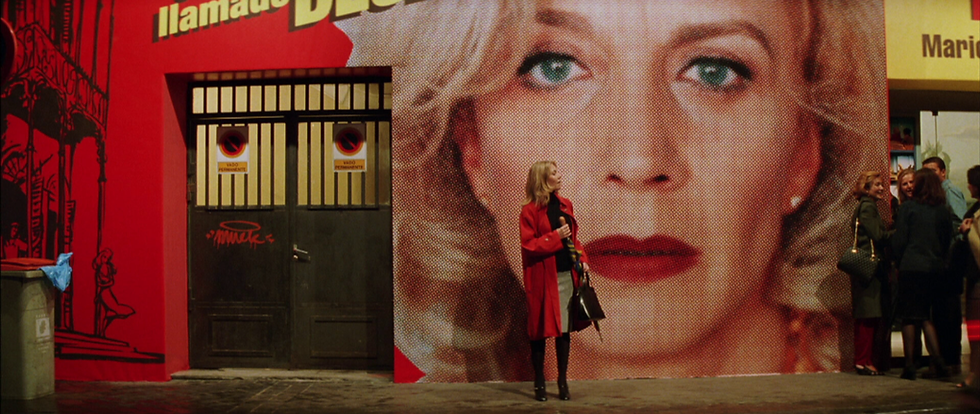What is a portrait?-Looking at Donald Rodney's 'A Land of Milk and Honey II' | Aliya Mueller-Koegler
- therose379
- Oct 2, 2022
- 3 min read

What exactly makes an artwork a portrait? The Tate defines it as ‘a representation of a particular person’, whereas the Merriam Webster Dictionary provides a narrower definition, stating a portrait is ‘a pictorial representation of a person, usually showing the face’. I find both these definitions to be restrictive. A portrait should capture the essence of a person (or people) and does not necessarily have to be an aesthetic true likeness. Before the invention of photography, it was necessary for portraits to be as close to ‘true likeness’ as possible, but as photography can capture a person so realistically, portraits are no longer needed as a form of documentation, and so are free to break more conventions and stray from aesthetic likeness. And so, the demand for imitation is redefined. Although portraits should not stray too far from the identity of the sitter (for fear of the artwork entering a different genre), portraits do not need to be a true likeness to be considered a portrait.
Rodney’s ‘Land of Milk and Honey II’ certainly doesn’t fit the conventions of a traditional portrait, but perhaps a more modern reading shows it to capture both the essence of Rodney as an individual and serve as a portrait of the immigrant experience in 1950s England. ‘Land of Milk and Honey II’ is a memento mori sculpture made from copper coins, milk, and honey encased in a human-sized glass vitrine. The materials are intrinsically linked to the meaning of the sculpture; the patinated copper coins showing the verdigris process are evocative of decay, and the curdling milk and honey are symbolic of Rodney’s fathers’ belief that moving to Britain, the supposed ‘land of milk and honey’ was to be full of prospects and potential. Ostensibly, the sculpture may not appear to look like a portrait, but when put into context, it serves as both a self-portrait of Rodney himself, and a conceptual portrait of immigrants coming to England.
‘Land of Milk and Honey II’ captures Rodney’s identity as an individual, most obviously through its representation of bodily decay. Rodney suffered from sickle cell anaemia which he tragically died from in 1998, a year after he exhibited this piece in his exhibition ‘Nine Night in Eldorado’. He was hospitalised for most of his childhood, spending his time producing countless sketches, using art as a tool for voicing the pain of his condition, and to record his views on black identity and racism in the UK. Although he refused to declare himself a victim of his illness, the curdling materials of the sculpture recall images of bodily decay, fragility, and sickness. These themes recur in Rodney’s work, and much of his art includes X-Rays of his cells, and tiny sculptures made from his skin.
The artwork also serves as a portrait of immigrants in Britain from the mid-20th century, which is referenced in the eponymous title of the work, evoking the mythical ‘land of milk and honey’ that his father believed he would find when he emigrated from Jamaica. Like the milk in the sculpture, Rodney’s father’s dreams soured when he came to the UK, being exposed to the extreme racism at the time. Rodney’s sculpture not only reflects his own disease, but “the ‘disease’ of apartheid, the ‘disease’ of police brutality, and the ‘disease’ of racism that lay at the core of society”.
Although this sculpture is not a portrait by conventional standards, it can be read as both a self portrait of Rodney himself, capturing his essence as an individual, and as a conceptual portrait of the immigrant experience in 1950s Britain, thus challenging the bounds of portraiture and what exactly makes a portrait.





Comments